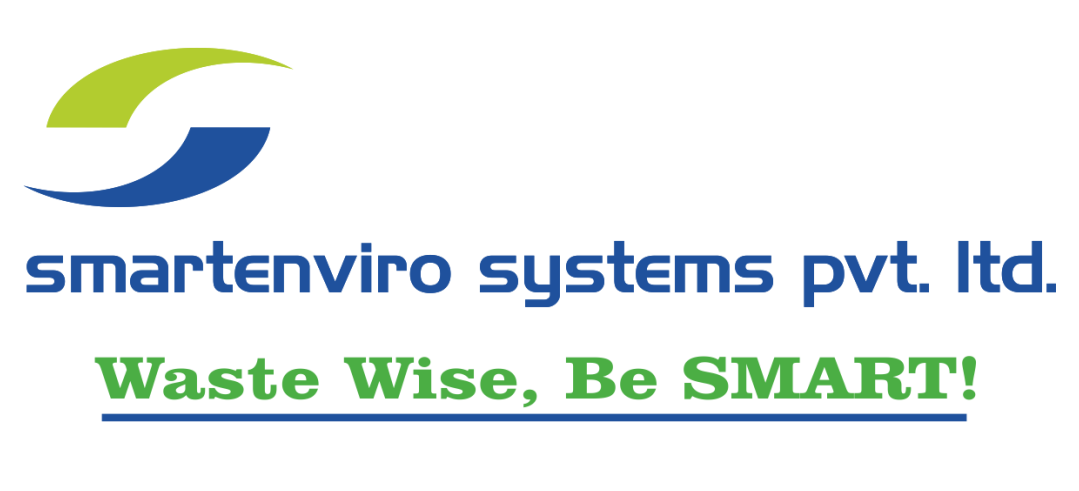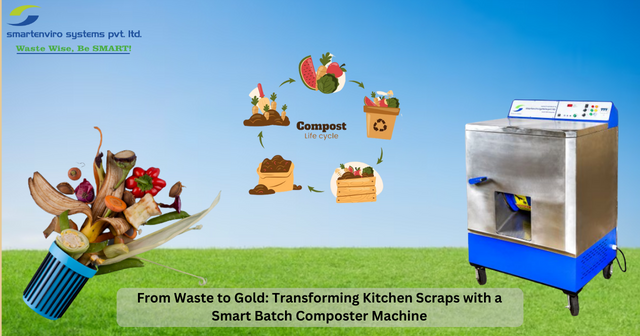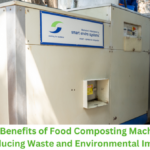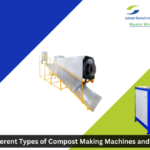• Introduction
As the world becomes more conscious of the environmental impact of waste, finding effective solutions to reduce and recycle organic materials is vital. One such solution is composting kitchen scraps, which not only diverts waste from landfills but also creates nutrient-rich compost for gardening and agriculture. To simplify the composting process, smart batch composter machines have emerged as innovative tools. In this blog post, we will explore how these machines can transform kitchen scraps into “gold” through efficient composting. We will delve into the benefits, process, and key features of smart batch composter machines, turning waste into a valuable resource.
• The Importance of Composting Kitchen Scraps
Kitchen scraps, including fruit and vegetable peels, coffee grounds, eggshells, and food leftovers, constitute a significant portion of household waste. Instead of discarding these valuable organic materials in landfills, composting them offers several benefits:
1) Waste Reduction: Composting kitchen scraps diverts organic waste from landfills, reducing the volume of waste that contributes to greenhouse gas emissions.
2) Nutrient-rich Soil Amendment: Composting kitchen scraps creates nutrient-rich compost, which improves soil structure, water retention, and nutrient availability for plants.
3) Carbon Footprint Reduction: By composting kitchen scraps, we can reduce the carbon footprint associated with waste decomposition in landfills.
4) Sustainable Gardening and Agriculture: Compost from kitchen scraps enhances plant growth, reduces the need for chemical fertilizers, and promotes sustainable gardening and agriculture practices.
• The Role of Smart Batch Composter Machine
Smart batch composter machine revolutionize the composting process by automating and simplifying key steps. These machines integrate shredding, mixing, and composting culture addition into one system, offering several benefits:
Simultaneous Shredding and Mixing: The smart batch composter machine includes a shredder and mixer that work in tandem to shred and mix the waste. This results in uniform particle size and ensures efficient decomposition.
Composting Culture Integration: The machine also incorporates composting culture and dry materials, such as dry leaves or sawdust, into the shredded waste. This promotes the absorption of excess moisture and provides the necessary microorganisms for effective composting.
Basic and Simple Operation: Smart batch composter machines are designed for user-friendly operation, making composting accessible to both professionals and beginners. The machines often feature intuitive controls and easy-to-follow instructions.
Short Composting Cycle: With a composting cycle of 10-12 days, these machines expedite the composting process, delivering usable compost in a relatively short timeframe. This efficiency is especially beneficial for individuals with limited space or time constraints.
Built-in Safety Measures: Smart batch composter machines prioritize safety during operation. They incorporate safety features, such as automatic shut-off mechanisms or protective covers, to prevent accidents and ensure user well-being.
Control Panel with Pre-set Batch Time: The machines come equipped with a control panel that allows users to set the desired batch time. This feature enables precise control over the composting process, ensuring optimal results.
• Process of Composting Kitchen Scraps with a Smart Batch Composter Machine
Transforming kitchen scraps into compost using a smart batch composter machine involves several essential steps:
1) Collection and Sorting of Kitchen Scraps: Collect kitchen scraps such as vegetable peels, fruit scraps, coffee grounds, and eggshells in a separate container. Avoid including meat, dairy, oily foods, or non-compostable materials.
2) Loading and Shredding: Load the kitchen scraps into the smart batch composter machine’s shredder, which will reduce them to a uniform size. Shredding increases the surface area, enhancing decomposition.
3) Mixing Composting Culture and Dry Material: Introduce composting culture and dry materials, such as dry leaves or sawdust, into the machine. This step promotes moisture absorption and provides necessary microorganisms for efficient composting.
4) Set the Batch Time: Use the control panel to set the desired batch time, typically ranging from 10 to 12 days. This parameter determines the composting duration, ensuring optimal decomposition and maturation of the compost.
5) Monitor and Maintain: During the composting cycle, periodically check the moisture level and temperature inside the machine. Adjust if necessary to maintain optimal conditions for microbial activity and decomposition.
6) Harvesting and Curing: Once the composting cycle is complete, remove the finished compost from the composter machine. Allow the compost to cure for a few weeks to stabilize before using it in your garden or agricultural practices.
• Best Practices for Successful Composting
To achieve successful composting with a smart batch composter machine, follow these best practices:
1) Maintain the Ideal Moisture Level: Monitor the moisture content inside the machine and ensure it remains between 40% and 60%. Adjust as needed by adding water or dry materials to maintain optimal moisture conditions.
2) Achieve Proper Aeration: While the smart batch composter machine automates some aspects of aeration, occasional manual turning or mixing of the compost may be necessary to ensure adequate airflow and decomposition.
3) Balance Carbon-to-Nitrogen Ratio: Ensure a balanced carbon-to-nitrogen (C:N) ratio in your compost.
4) Avoid Contaminants: Do not include non-compostable items or materials that may introduce harmful substances into the compost. This ensures a safe and nutrient-rich end product.
5) Regular Maintenance: Follow the manufacturer’s guidelines for routine maintenance and cleaning of the smart batch composter machine. Regular upkeep ensures optimal performance and prolongs the lifespan of the equipment.
• Conclusion
By utilizing a smart batch composter machine, we can transform kitchen scraps into valuable compost, reducing waste and enhancing soil health. These innovative machines offer simultaneous shredding, mixing, and composting culture integration, simplifying the composting process. With basic operation, short composting cycles, built-in safety features, and control panel customization, smart batch composter machines provide a convenient and efficient solution for both professionals and beginners. By following best practices and optimizing the composting conditions, we can harness the potential of kitchen scraps and turn waste into “gold” for our gardens and agricultural practices. Embrace the opportunity to contribute to a more sustainable future by utilizing a smart batch composter machine and unlocking the power of composting kitchen scraps.



